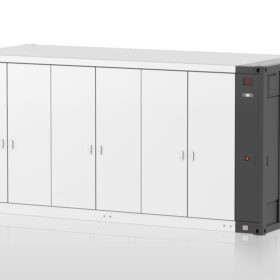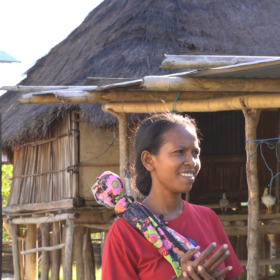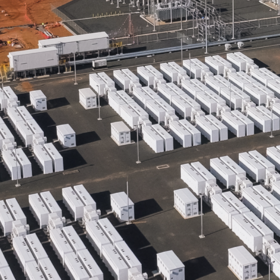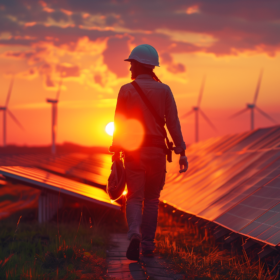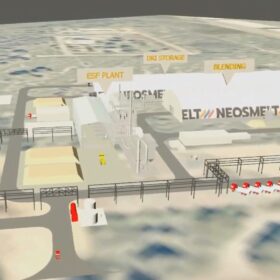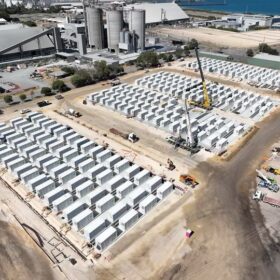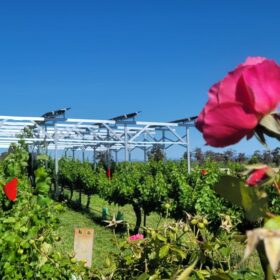Australian built hybrid-electric VTOL completes successful test flight
BAE Systems Australia has collaborated with aeronautical engineering company Innovaero to successfully fly an all-new vertical take-off and landing (VTOL) full-scale electric prototype of the uncrewed aerial system Strix.
Hithium to supply 128 units of 5 MWh battery solutions for Woolooga BESS
China-based battery manufacturer Hithium will supply 128 units of 5 MWh containers for the 640 MWh Woolooga battery energy storage system being built in Queensland by London-based Lightsource bp.
Pacific green transformation project lights up Timor-Leste villages with solar
Through the Pacific Green Transformation Project, the Japanese government has partnered with the United Nations Development Program to install solar panels and solar lights in Timor-Leste villages, which are not connected to an electricity grid.
Neoen lands $1.4 billion debt finance for an additional 1.3 GW of renewables
French renewables developer Neoen has more than doubled its Australian renewable energy portfolio financing by securing a further $1.4 billion of debt for an additional 1.3 GW of wind, solar and storage assets.
Ausgrid appointed preferred network operator for Hunter-Central Coast REZ
The New South Wales government has signed a commitment deed appointing electricity distributor Ausgrid as the preferred network operator for the Hunter-Central Coast renewable energy zone.
Electric smelting to crack low-emissions iron and steel making code
Australia’s largest ironmaking electric smelting furnace is set to be built in the Kwinana industrial area south of Perth, which is also home to the dual-stage Kwinana battery storage system and Kwinana power station.
XNO ultra-fast charging technology aims to decarbonise mining sector vehicles
West Australian-based industrial battery company Switch Technologies has unveiled in Perth what it describes as the world’s first operational vehicle powered by Echion Technologies’ ultra-fast charging XNO technology.
Battery storage key to nailing renewable energy target of 82% by 2030: report
Doubts about Australia’s ability to power the National Electricity Market with 82% renewable energy by 2030, have been put to bed by a new report issued from Climate Energy Finance, citing among positive contributors to acceleration, off-the-charts battery storage growth.
Electric vehicle uptake dependent on grid and charging infrastructure investment
The Electric Vehicle Council’s State of EVs report says investment in grid infrastructure and smart charging technology are key to the successful rollout of electric vehicles, where sales are forecast to rise 15-19% in 2026.
20 kW university vineyard agrisolar array tests crop yield and panel efficiency
Victoria-based renewables company Greenwood has answered the call from the University of Melbourne to install 48 solar panels at its Dookie Campus’ working vineyard, to aid research into the impact of deploying agrivoltaics on crop yield.

